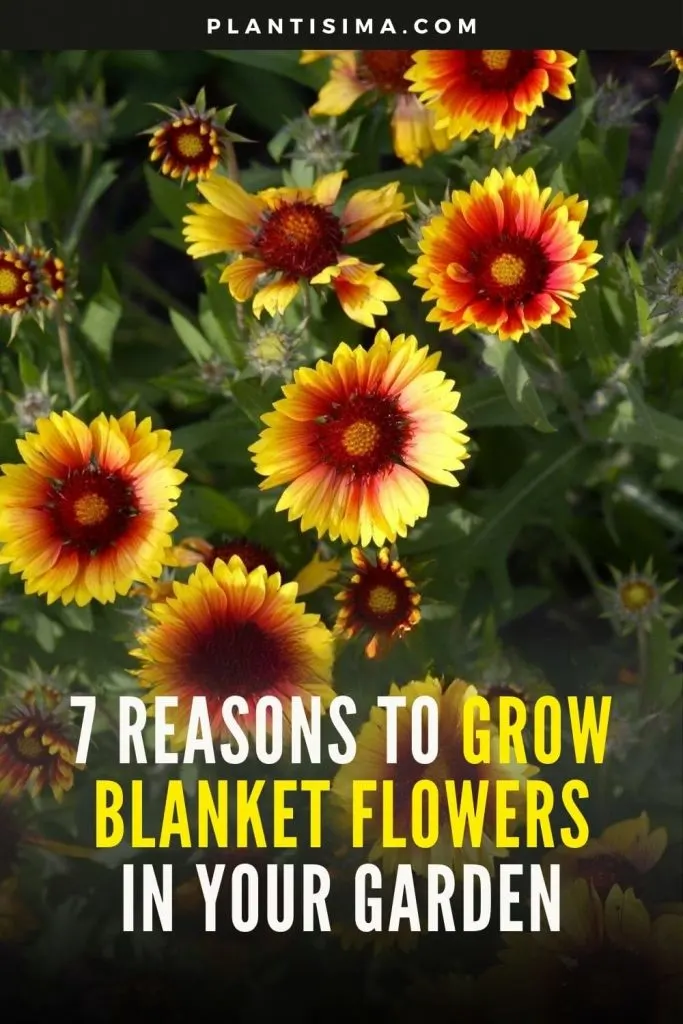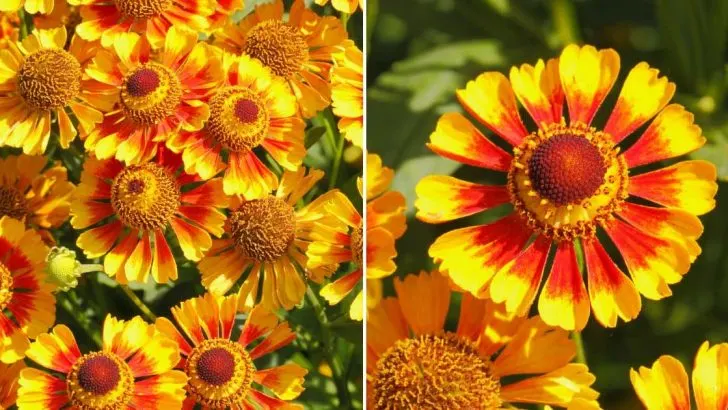If you’ve ever wondered why blanket flowers are a favorite among many gardeners, you’re not alone. Their striking beauty is certainly captivating, but there’s much more to these vibrant plants than meets the eye.
Blanket flowers, or Gaillardia, are a resilient and versatile plant that thrives in a variety of climates, making them an ideal choice for gardens across the country. Particularly in Florida, where they seem to pop up everywhere, blanket flowers are a testament to nature’s ability to flourish in challenging conditions.
But their aesthetic appeal is just the beginning – let’s explore why you should make room for this stunning perennial in your garden.
1. A Perennial Beauty That Keeps On Giving
One of the most compelling reasons to grow blanket flowers is their long blooming season. Gaillardia is known for its ability to flower throughout the summer and well into the fall.
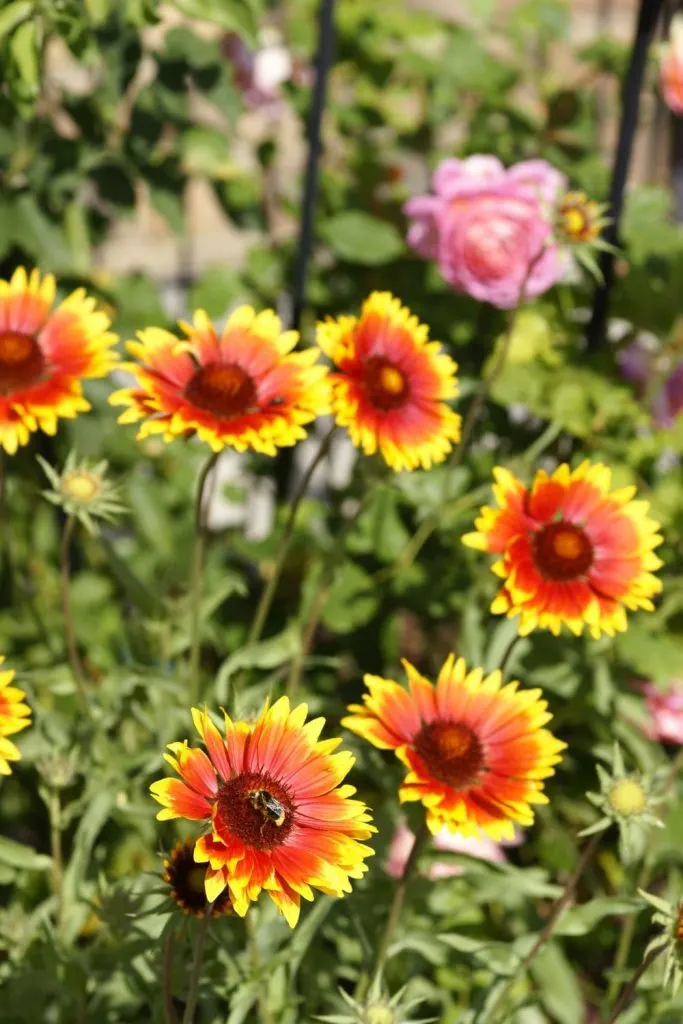
In warmer climates like Florida, some species even start blooming in mid-spring, offering a continuous splash of color that brightens up any garden.
These flowers come in fiery reds, yellows, and oranges, with some varieties displaying a captivating mix of colors. Their vibrant hues create a visual feast that requires minimal effort on your part.
And here’s the best part: blanket flowers readily self-seed, meaning you won’t have to replant them year after year. This makes them not only beautiful but also incredibly low-maintenance.
Gardening Tip: If you live in a colder climate, you can still enjoy blanket flowers as annuals. Plant them in the spring, and they’ll reward you with months of vibrant blooms.
2. A Pollinator’s Paradise: Boosting Your Garden’s Ecosystem
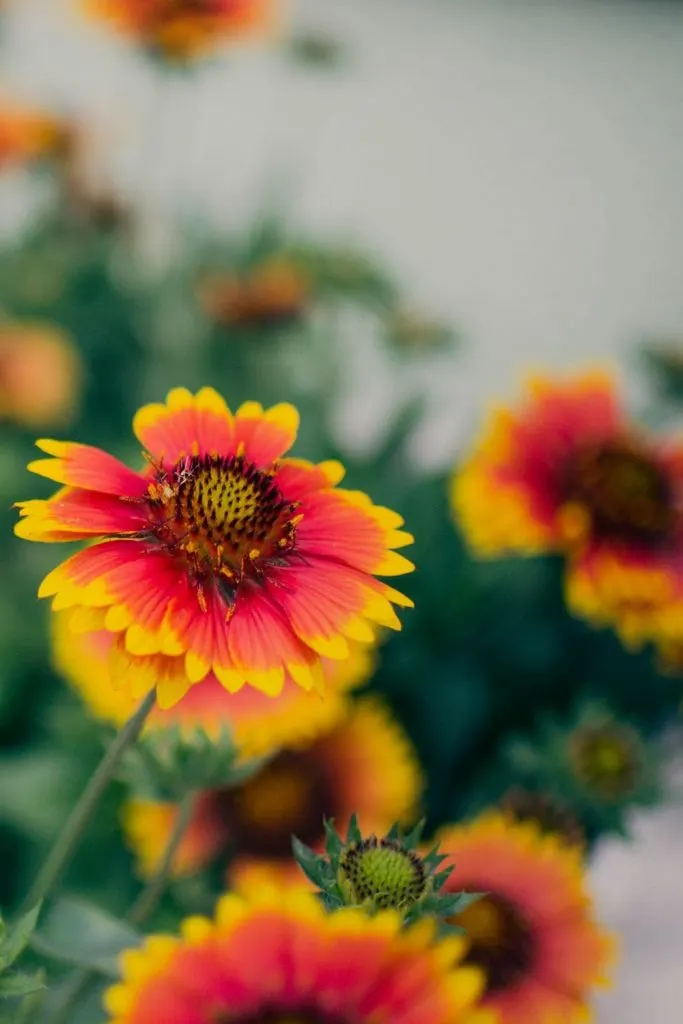
Blanket flowers are more than just eye candy – they’re also a magnet for pollinators. Their bright colors and nectar-rich centers attract hummingbirds, butterflies, and bees, making them an essential addition to any pollinator garden. By planting blanket flowers, you’re not only beautifying your space but also supporting local ecosystems.
These flowers are particularly effective at attracting beneficial insects, which in turn help pollinate other plants in your garden. And if you let the flowers go to seed, you’ll likely see an increase in the population of goldfinches, sparrows, and other small birds.
Pro Tip: Incorporate blanket flowers into your vegetable garden to enhance pollination and potentially boost your harvest. The presence of these pollinators can lead to a more fruitful garden, with better yields of crops like tomatoes, cucumbers, and peppers.
3. Easy to Start, Even Easier to Grow
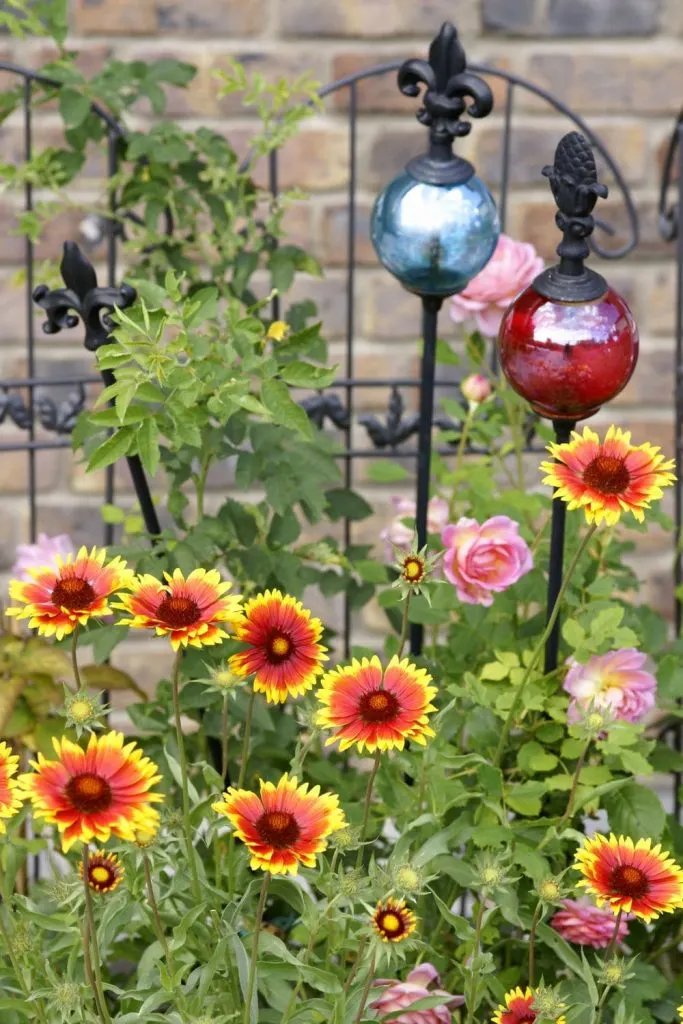
Starting blanket flowers from seed is a straightforward process, making them accessible to gardeners of all skill levels. You can sow the seeds directly in your garden or start them indoors about six weeks before the last frost. This gives you a head start on the growing season and ensures a garden full of color early on.
When starting seeds indoors, plant them in a moist seed-starting mix, cover them lightly with soil, and keep them in a warm, humid environment. Once the seedlings reach about 6 inches in height, they’re ready to be transplanted outside.
Propagation Tip: If you have gardening friends who already grow Gaillardia, consider asking for root cuttings to propagate your own plants. This method is quick, easy, and virtually guarantees success.
4. Low-Maintenance and Hardy: The Ideal Wildflower
Gaillardia is the epitome of a low-maintenance plant. Once established, it requires very little care and thrives in conditions that would challenge many other plants. It’s drought-tolerant, thrives in poor soils, and doesn’t require frequent watering or fertilization.
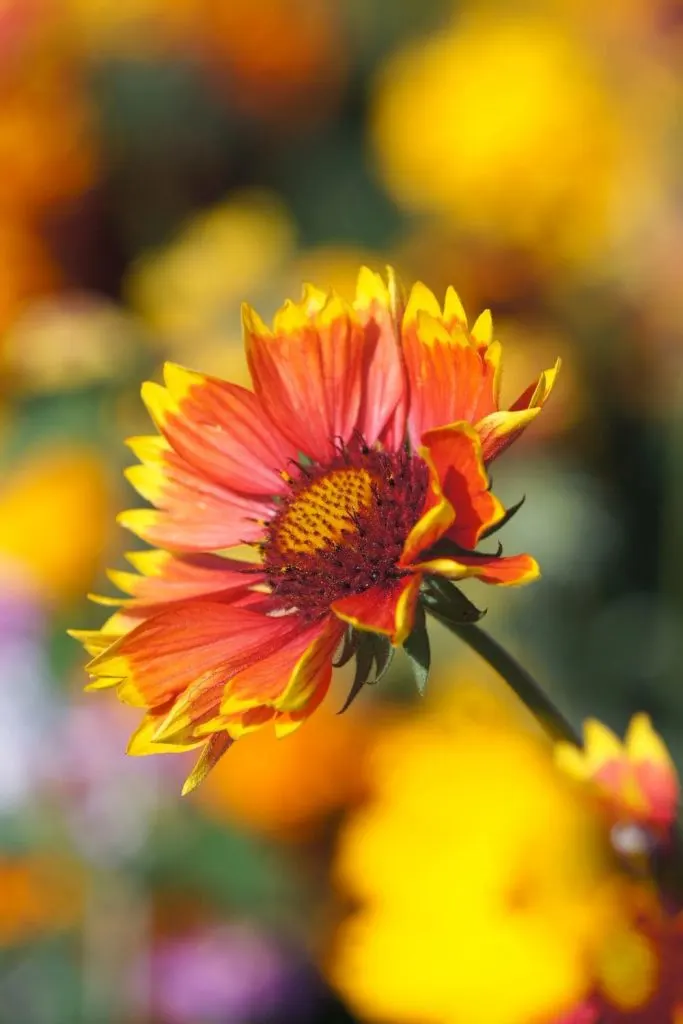
Blanket flowers are either native or naturalized across much of the United States, which means they’re well adapted to local conditions. You won’t need to amend your soil or provide special care – just plant them in a sunny spot, and they’ll take care of the rest.
Care Tip: While pruning isn’t necessary, deadheading spent flowers can encourage more blooms and give the plant a fuller appearance. However, if you prefer to let the flowers go to seed, you can skip this step and enjoy the self-seeding benefits in the following years.
5. Heat and Drought Tolerance: A Perfect Match for Tough Climates
For gardeners in hot and dry regions, blanket flowers are a dream come true. These plants thrive in full sun and tolerate extreme heat and drought conditions, making them perfect for areas with challenging climates. They also do well in sandy and salty soils, which is why they’re often found thriving along coastlines.
Watering Tip: Although Gaillardia is drought-tolerant once established, it’s important to water the plants more frequently during their early growth stages. Once they’re rooted, you can reduce watering and enjoy their resilience.
6. A Rainbow of Cultivars to Choose From
One of the joys of growing blanket flowers is the wide variety of cultivars available. Whether you’re looking for a specific color to match your garden design or want to create a Gaillardia oasis with a mix of shades, there’s a cultivar for every taste.
Some popular choices include:
• Gaillardia pulchella: The most common variety, featuring brick-red petals with yellow tips.
• Gaillardia aristata: Known for its deep red petals with yellowish tips, this variety can reach up to 3 feet in height.
• Gaillardia x grandiflora: A hybrid species with numerous cultivars, including ‘Arizona Apricot’ (yellow petals turning orange toward the center) and ‘Arizona Red Shades’ (brick-red petals with subtle yellow tips).
Design Tip: Consider planting different cultivars together to create a stunning tapestry of colors in your garden. The variety of shades can also attract a wider range of pollinators, enhancing your garden’s biodiversity.
7. Native Roots: A Plant That Belongs
Planting native species is crucial for supporting local ecosystems, and blanket flowers are native to many parts of the United States. They’re commonly found in the western states, parts of New England, the upper Plains, and around the Great Lakes.
Native plants like Gaillardia are well-adapted to local climates and soils, meaning they require less care and are less likely to become invasive. This makes them a sustainable choice for your garden, contributing to the health of the environment while adding beauty to your space.
Environmental Tip: Consider integrating more native plants into your garden to create a more balanced and sustainable ecosystem. Blanket flowers are a great start, but there are many other native species that can complement them.
Why Not Add a Splash of Fire to Your Garden?
Blanket flowers are more than just a pretty face – they’re a hardy, low-maintenance, and ecologically beneficial addition to any garden. Whether you’re a seasoned gardener or just getting started, Gaillardia offers something for everyone. With their long blooming season, ability to attract pollinators, and resilience in tough conditions, these plants are a true gardening gem.
So, why not add a few of these fiery beauties to your garden? They’ll reward you with vibrant colors, support your local ecosystem, and make your gardening experience more enjoyable and rewarding.
Happy gardening!
